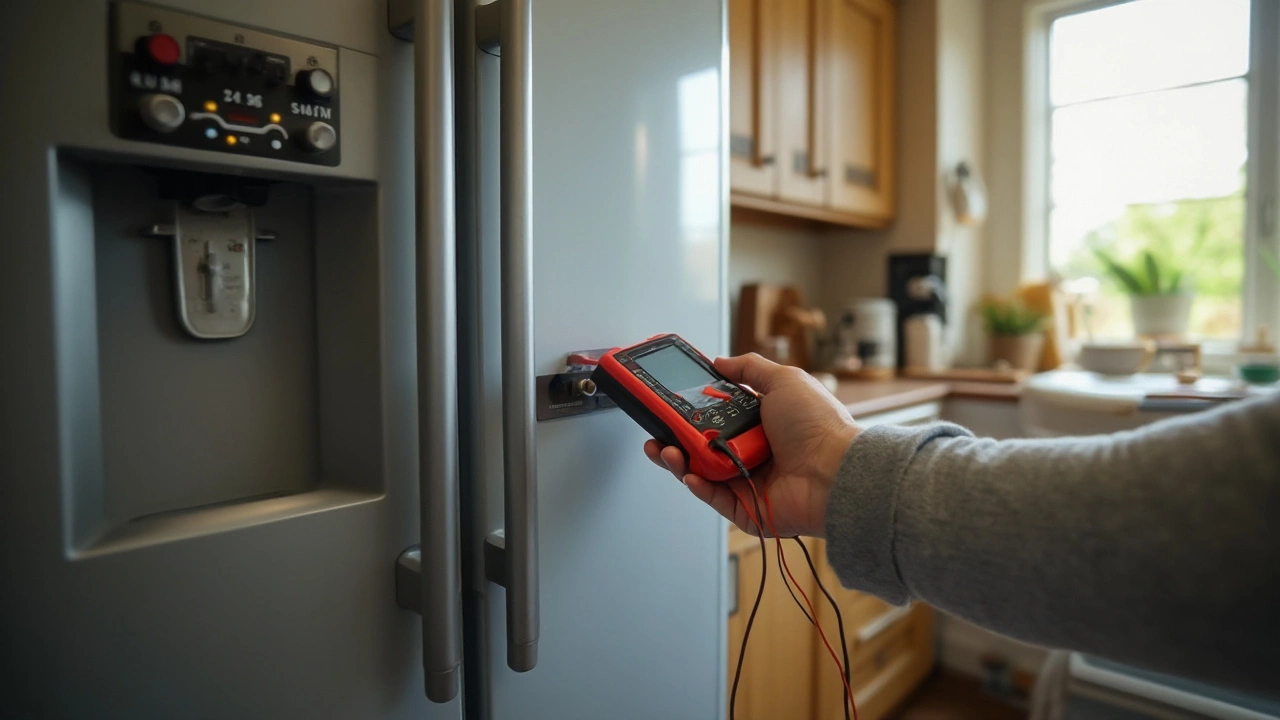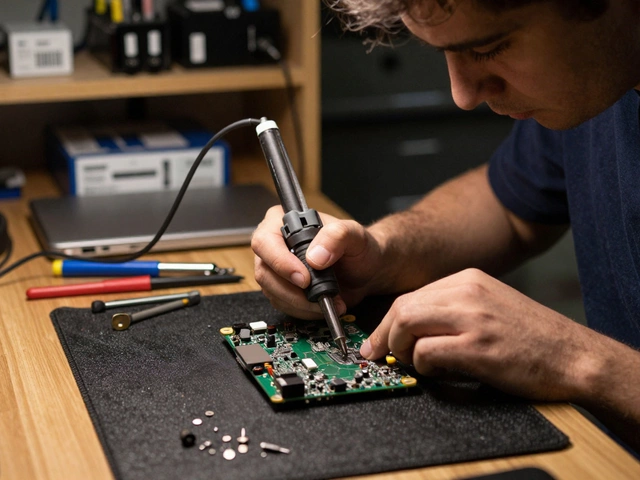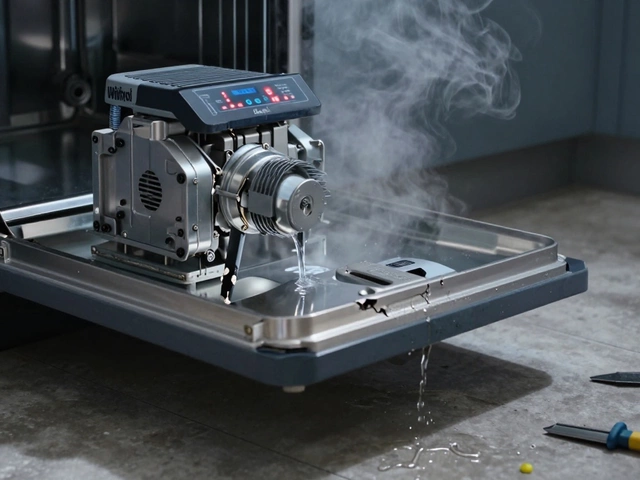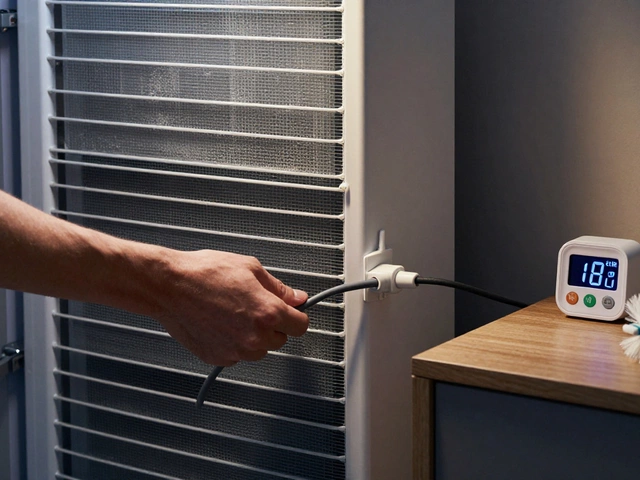Fridge Troubleshooting: Quick Fixes & When to Call a Pro
That humming sound, a frosty buildup, or a warm compartment – all signs your fridge is acting up. Before you panic or call a repair service, try these easy checks. Most fridge hiccups have a straightforward fix, and a few minutes of your time can save a costly visit.
Common Causes of a Warm Fridge
First, ask yourself: Is the door closing properly? A misaligned seal lets cold air escape, forcing the compressor to work harder. Grab a dollar bill, close the door on it, and pull it out. If it slides out easily, the gasket is worn and needs replacement.
Next, look at the condenser coils. Dust and grime act like a blanket, reducing heat transfer. Unplug the fridge, locate the coils (usually at the back or beneath), and brush off any debris with a vacuum or coil brush. A clean coil improves efficiency instantly.Check the temperature settings. Many people set the freezer too cold, pulling heat from the fridge compartment. Aim for 37‑40°F (3‑4°C) in the fridge and 0°F (‑18°C) in the freezer. Adjust the dial and give the unit 24 hours to stabilize.
When the Fridge Won’t Cool at All
If the fridge stays warm after these steps, the problem might be deeper. Listen for the compressor – a low‑pitched thump that runs continuously. No sound? The motor could be stuck or the start relay failed. A quick test is to unplug the fridge, wait a minute, then plug it back in. If the compressor kicks on, the relay is likely fine; if not, a technician should handle it.
Ice build‑up in the freezer can also block the airflow to the fridge. Defrost the unit by turning it off and leaving the doors open for a few hours. Once the ice melts, clean up any water, restart the fridge, and see if cooling returns.
Leaking water from the drain pan can cause the fridge to flood and stop cooling. Locate the pan (usually at the bottom), empty any standing water, and clean the drain tube with a pipe cleaner or a small brush.
Finally, a faulty thermostat or temperature sensor can send wrong signals to the control board. These parts usually require a multimeter test, which is best left to a professional.
In most cases, a simple seal check, coil cleaning, or defrost will bring your fridge back to life. If you’ve tried these steps and the fridge is still warm, makes strange noises, or leaks water, it’s time to call Weymouth Appliance Repair Services. Our technicians know fridges inside out and can diagnose sensor or compressor issues quickly.
Remember, regular maintenance – cleaning coils every six months and checking seals – prevents many problems before they start. Keep a notebook of any odd noises or temperature swings; that info helps the tech pinpoint the issue faster.
Got a fridge that won’t cool? Start with these checks, and if things don’t improve, give us a call. We’ll sort it out so your food stays fresh and your kitchen runs smoothly.
Top Reasons Your Fridge Stopped Working and How to Fix Them
- Alden Wilder
- Jan 24 2025
- 0 Comments
Whether you're dealing with a silent refrigerator or one that's simply not cooling, understanding why a fridge stops working can save you from food spoilage and costly repairs. We'll explore common reasons why fridges fail, including thermostat issues, power supply problems, and obstruction of air vents. With practical tips and insightful guidance, this article aims to provide you with the knowledge you need to diagnose and potentially fix your refrigerator issues at home, tackling concerns with both ease and efficiency.
View More




